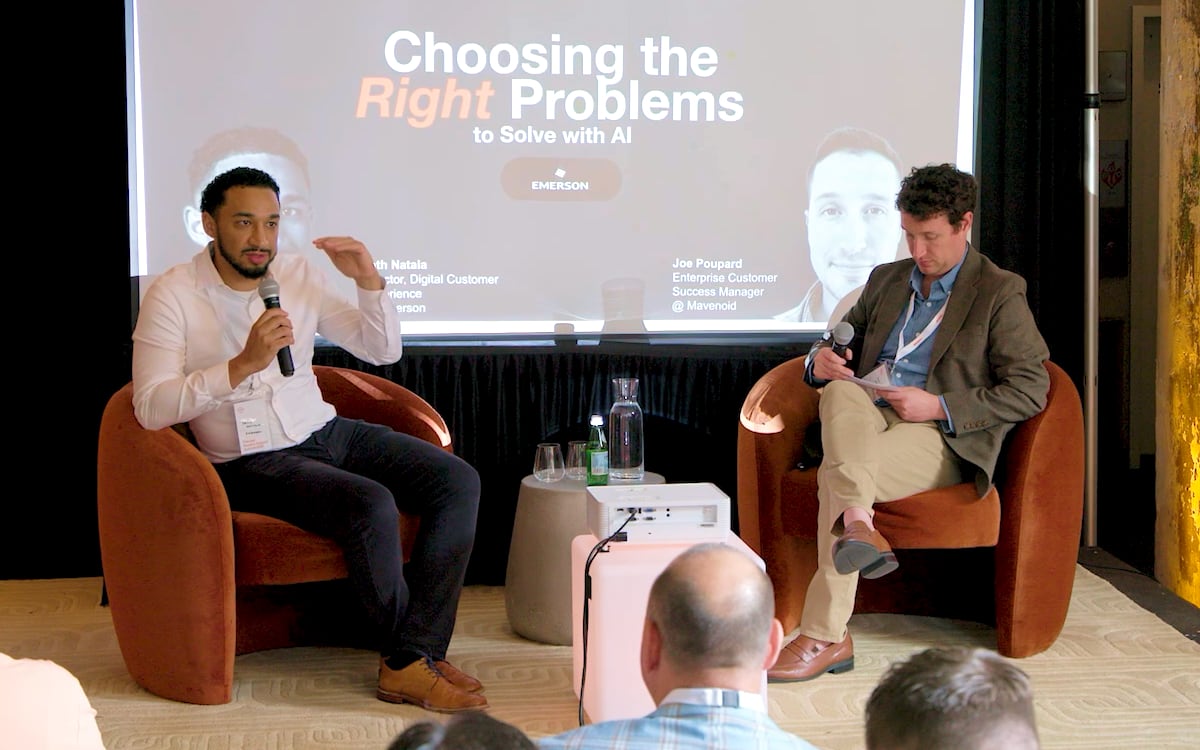That was the key takeaway from our recent session with Seth, who leads the global digital customer experience team at Emerson, one of the world’s largest industrial automation companies. From manual valves to connected smart devices, Emerson’s 1000s of products cover an incredibly wide spectrum that makes delivering quick, accurate support a constant challenge.
We sell everything from a valve that can be hand-operated to things that are smart IoT devices. The challenge is getting the right depth of support at scale when you have all these different customer personas.

From a switchboard model to smarter support
For years, Emerson ran a centralized support model designed to cut costs, but the approach came with tradeoffs.
“It turned into more of a switchboard mentality. We couldn’t get the depth of support that was needed.”
Customers struggled to reach the right experts. Feedback like “It’s too hard to find someone to talk to at Emerson” became common. The company knew it needed to rethink its model, but simply adding more people wasn’t sustainable.
“Hiring people is not always easy, especially for this kind of work, when there’s pressure to implement AI out there.”









